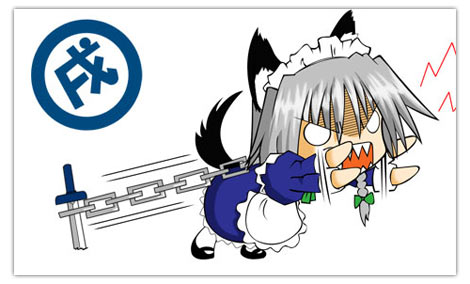After studying Japanese for four years at San Diego State University and living here for nearly twenty years, I’m about as fluent in Japanese as I could ever need to be. I’m able to communicate with the people I encounter on a daily basis and handle Japanese in business settings including negotiating contracts (that was difficult at first, let me tell you). Still, I never know when a word that I’ve never encountered will come out of nowhere. The other day my wife was telling me about a TV show she’d seen on ways to manage stress. “They suggested you try rhythmically tapping something repeatedly, like Buddhist priests when they tap their mokugyo.” “What’s that?” I asked, having never happened across that word, although I guessed corrected that the kanji would be “wooden fish” (木魚). It turns out to be a fish-shaped percussion instrument that Buddhist priests play during ceremonies, although I don’t know how my wife expected me to have known this. Later that day my father-in-law came out of our rural liquor store with our beagle Marron. “I’m taking the dog to get her shot for kyoken-byo,” he told me, using another word I’d never heard, though I could tell the kanji must mean “mad-dog-disease” (狂犬病). I knew that kyogyu-byo (狂牛病)was Japanese for “mad cow disease,” and I imagined some kind of canine version of foot-and-mouth infecting our beloved dog, until I figured out that he must have been talking about rabies.

When you know kanji it’s not impossible to figure out new words.















